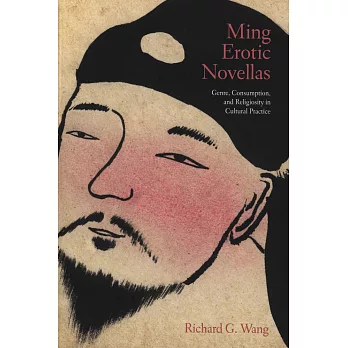內容簡介
Richard Wang's Ming Erotic Novellas is path breaking in its attention to a virtually ignored body of literature that certainly influenced the writing of the Jin Ping Mei, the Sanyan vernacular stories, and most likely Li Yu's fiction. Compared to other titles in the field, this is the first scholarly monograph in any language to contextualize the erotic novellas of late imperial China. Moreover, existing studies in this area have tended to concentrate on a limited number of works of Chinese erotic fiction, or have only brushed up against these works tangentially during more general discussion of Ming and Qing literature. Ming Erotic Novellas adopts a provocative approach to fiction, moving beyond the traditional textual analyses of gender politics and the qing cult, and examining these erotic novellas as a new genre within the contexts of print culture, readership, consumption patterns, as well as religious dimensions.
Ming Erotic Novellas focuses on a group of mid to late Ming literary (wenyan) novellas, which are all stories of erotic romance. These novellas include a profusion of poems mixed with prose narratives that are characterized by "simple" literary Chinese, with a tendency toward the vernacular. Their plots are complex, with some running 20,000 characters or more, allowing for nuanced character development, rich dialogue, and psychological description.
Circulated widely during the Ming, the novellas had a significant impact on later erotic and "scholar-beauty" (caizi jiaren) novels. This particular group of novellas was of great importance in the development of Chinese fiction, functioning as a transitional link between the classical tale to the vernacular novel. By approaching these works through the lens of a cultural study, Wang is able to explore the social functions of the novellas as well as their significance in the development of Chinese fiction in the Ming cultural context.
作者簡介
Richard G. Wang
Richard G. Wang received his Ph.D. from the University of Chicago, and is Assistant Professor of Chinese Language and Literature at the University of Florida. He is the author of the Langman qinggan yu zongjiao jingshen: WanMing wenxue yu wenhua sichao [The Romantic Sentiment and the Religious Spirit: The Late Ming Literature and the Intellectual Currents], and more than twenty articles on Ming fiction and Daoism.
...繼續閱讀





 留言列表
留言列表